A new organ-on-a-chip model allows researchers to study the splitting of the embryo during pregnancy for the first time.
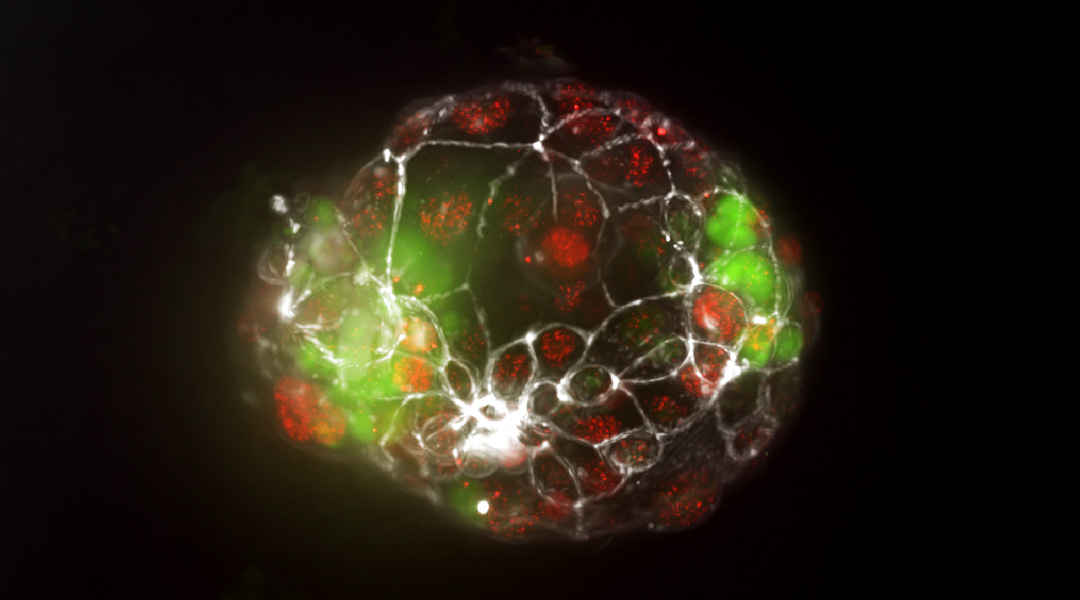

A new organ-on-a-chip model allows researchers to study the splitting of the embryo during pregnancy for the first time.

Microscopic robots made out of a patient’s own cells may be able to work inside the body to repair damage, scope out signs of disease, or fight off infections.

Scientists reveal a new mechanism by which plants chase the Sun and bend their primary stem to optimize light capture.

Growing brain tissue requires capturing the realistic “squishiness” and cohesion between cells, but how each cell type contributes has been a mystery.
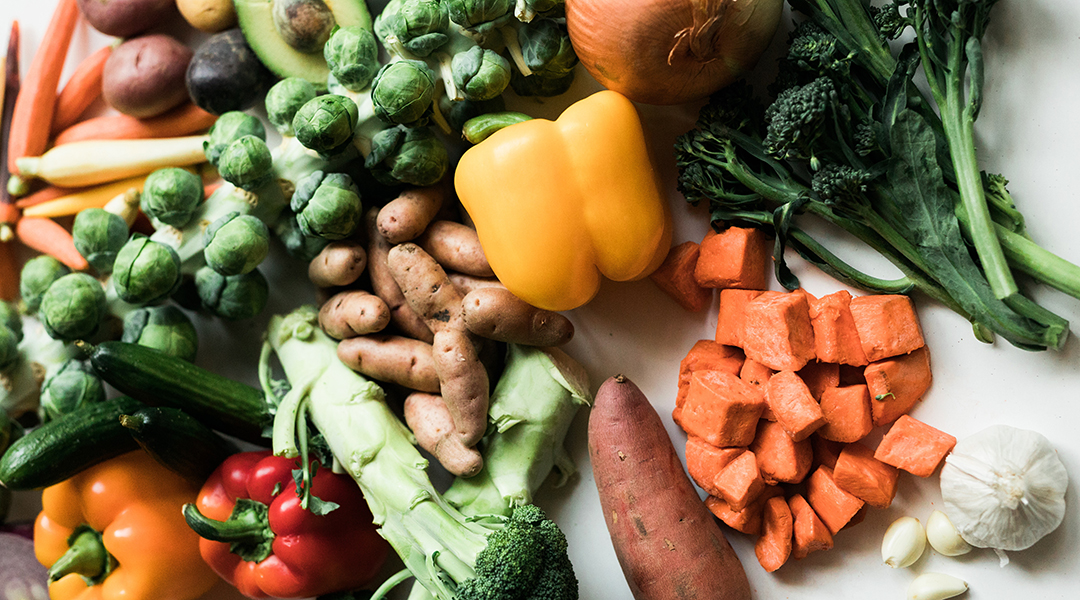
Vitamins play a much broader role than just promoting health, shaping and maintaining our unique biology over evolutionary timescales.
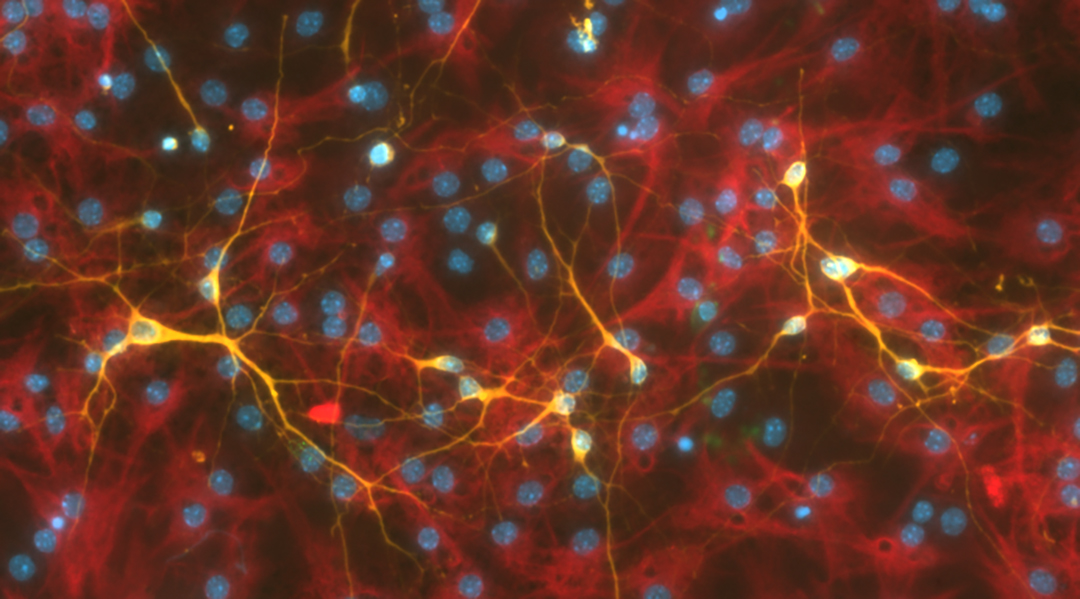
When activated by mechanical stress, a piezoelectric material efficiently stimulates the differentiation of stem cells into new neurons.
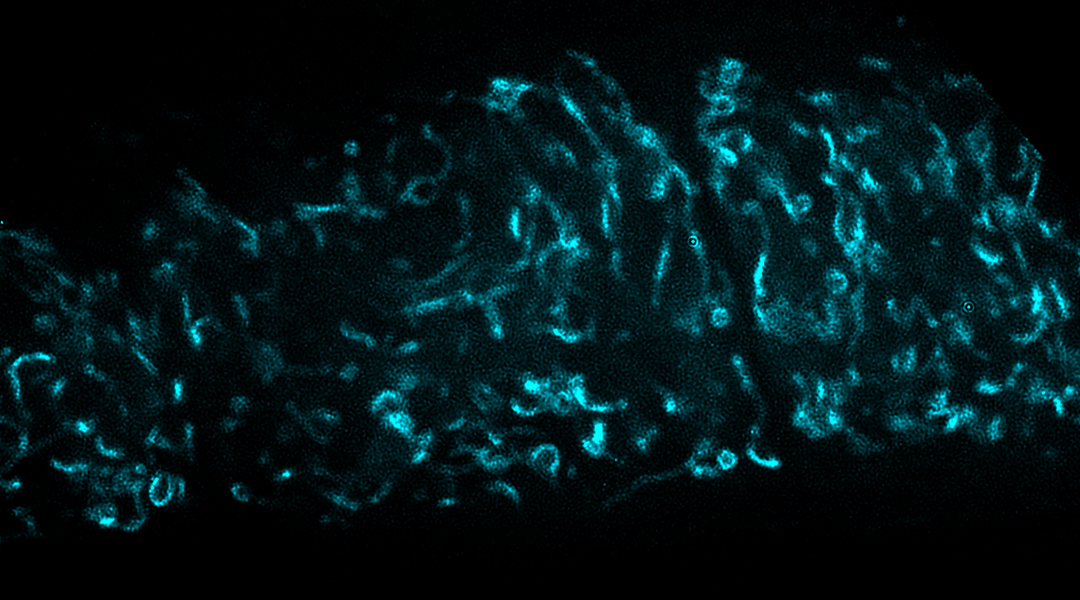
New study reveals the crucial role of mitochondria in female reproductive aging, offering potential insights into improving fertility preservation and IVF outcomes.
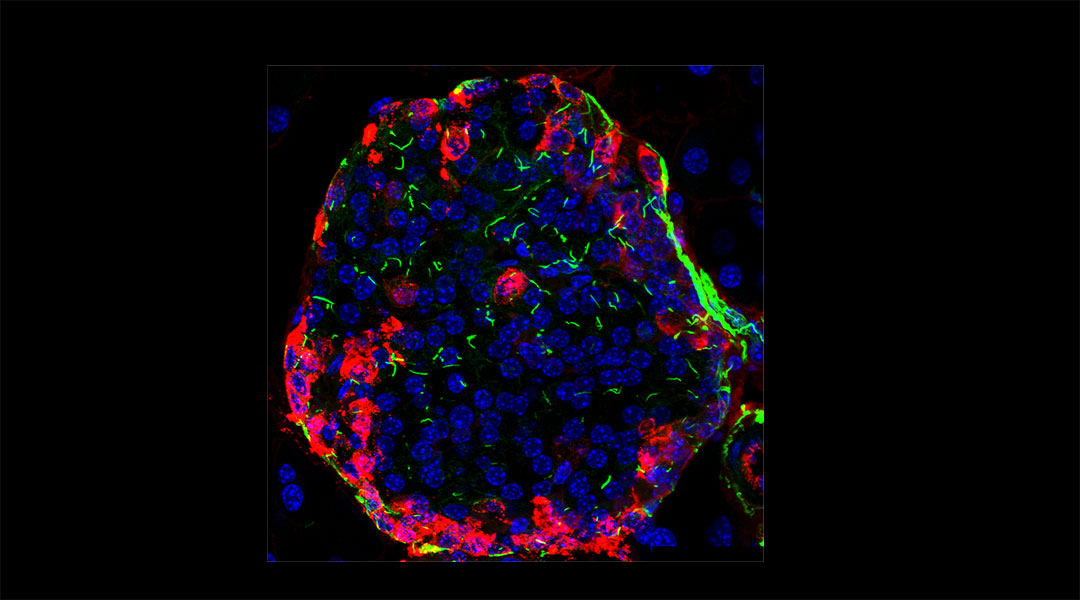
Scientists have linked cilia found on cell surfaces with mechanisms for aging, and they’re hoping to help people live longer healthier lives.

Using mouse embryos, scientists explore the impact of high exposure to a common plasticizer on male fertility, but caution: the dose makes the poison.
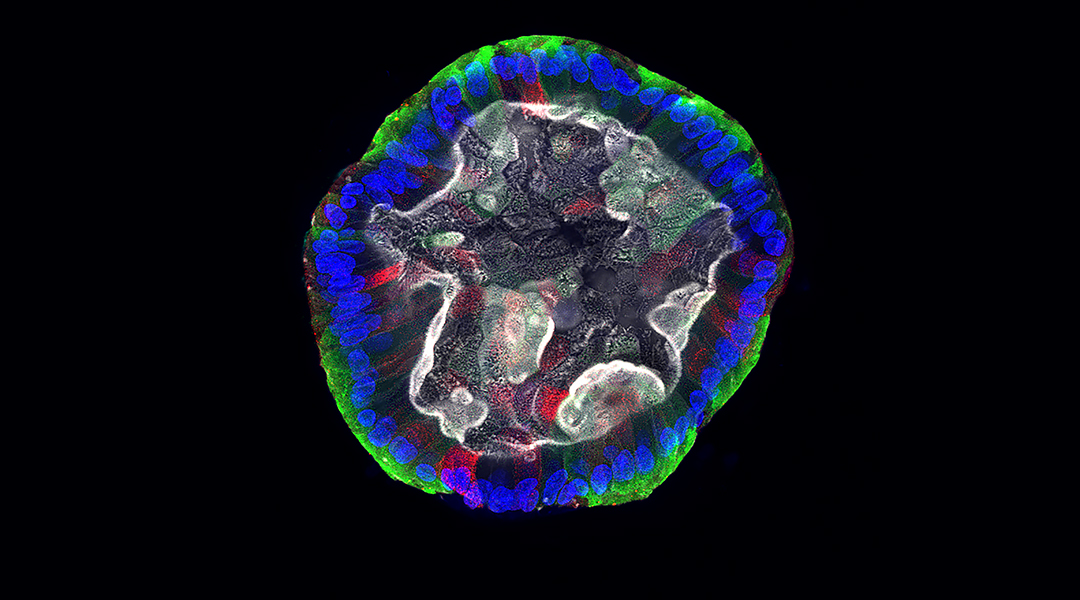
Addressing the lack of diversity in drug testing, scientists are using organoids from voluntary donors to enhance equity and inclusion.